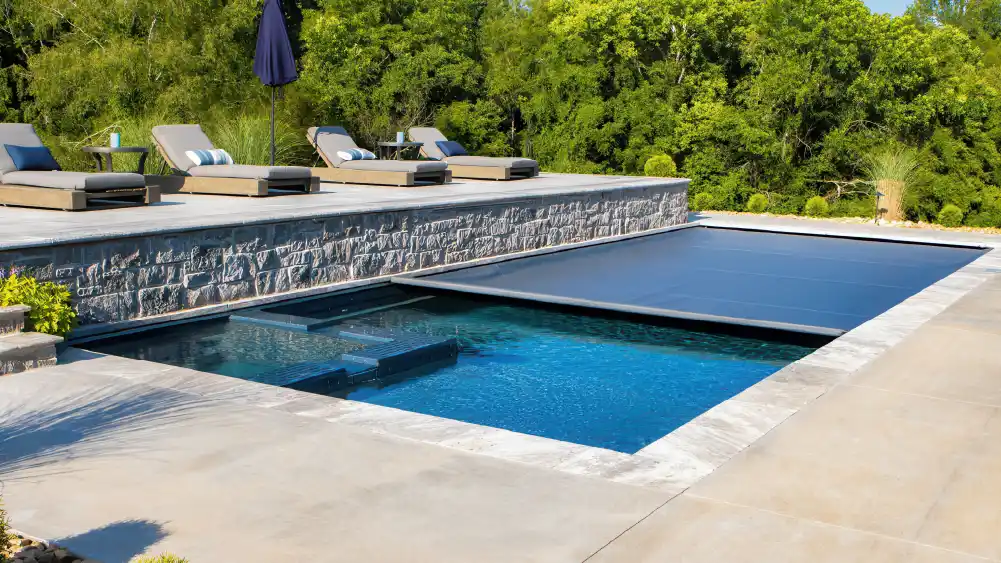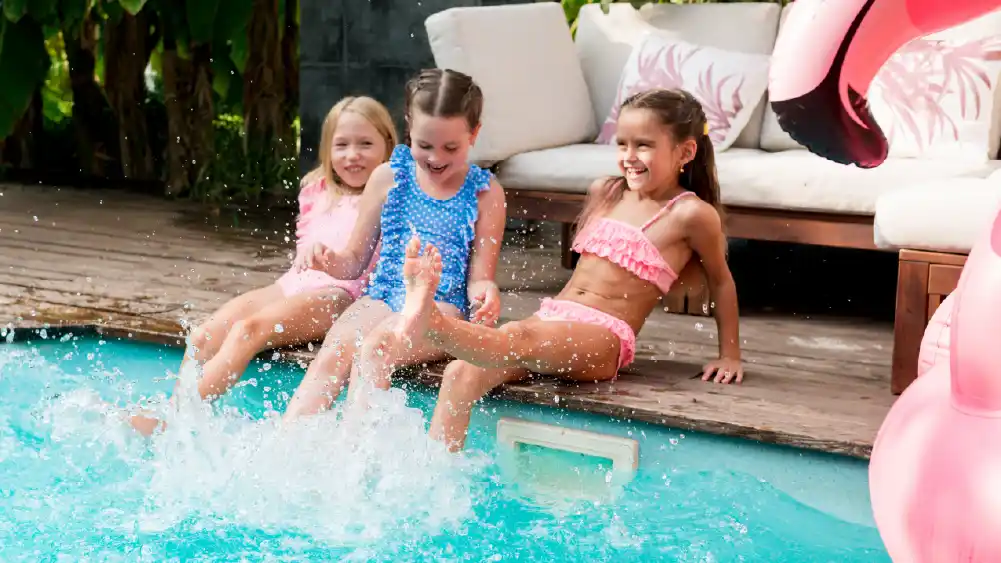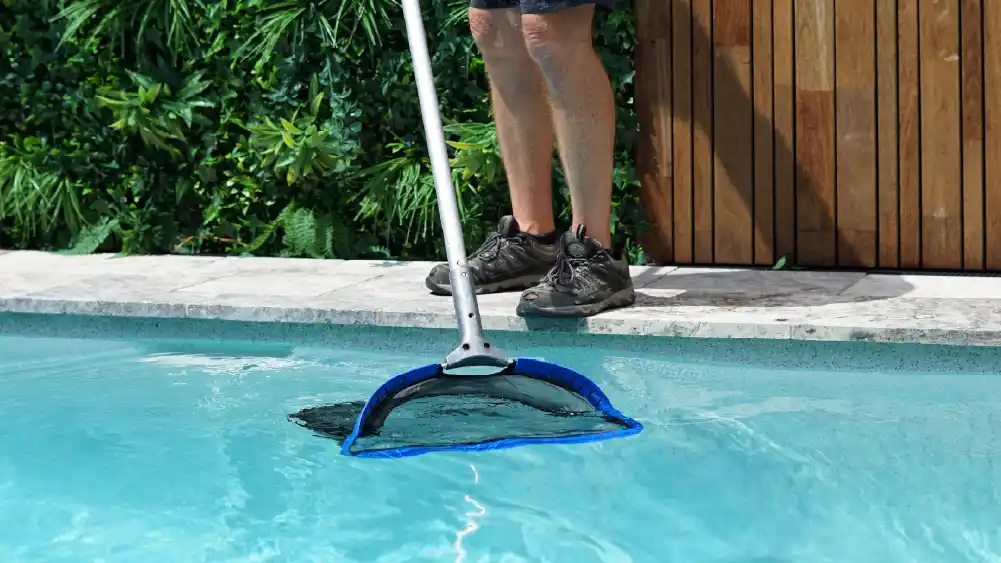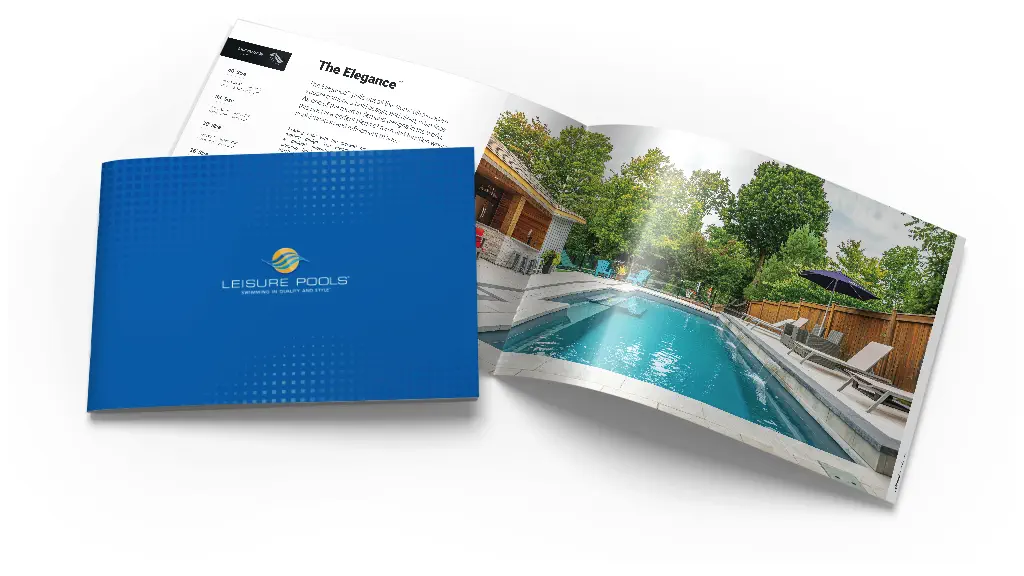
Essential Pool Safety Guidelines: Creating a Secure Swimming Environment

Creating lasting memories around your backyard oasis from Leisure Pools begins with establishing a foundation of safety that allows everyone to enjoy the water with complete peace of mind. Pool safety encompasses far more than simple precautions. It also represents a comprehensive approach to protecting your loved ones while maintaining the joy and relaxation that make pool ownership so rewarding. Understanding and implementing proper safety measures transforms your swimming pool into a secure haven where families can create beautiful moments together.
In This Article:
Understanding Pool Safety Fundamentals
The cornerstone of effective pool safety lies in recognizing that prevention serves as your most powerful tool. Every swimming environment presents unique considerations, from the depth variations in your pool to the surrounding landscape that frames your aquatic retreat. Establishing clear pool safety protocols creates an invisible barrier of protection that operates continuously, whether you’re hosting a summer gathering or enjoying a quiet evening swim.
Modern pool safety extends beyond traditional approaches, incorporating innovative technologies and time-tested principles that work together seamlessly. The most effective safety strategies address multiple layers of protection, ensuring that if one measure fails, others remain in place to maintain security. This redundant approach provides the confidence needed to fully embrace the therapeutic and recreational benefits of pool ownership.
Essential Pool Safety Equipment and Barriers
Physical barriers represent the first line of defense in comprehensive pool safety planning. Pool fences should stand at least four feet high, featuring self-closing and self-latching gates that remain consistently secure. The spacing between fence pickets must prevent small children from squeezing through, while the fence design should eliminate handholds that might assist climbing attempts.
Pool covers offer dual benefits, providing safety protection while maintaining water quality and temperature. Automatic pool covers create an impenetrable barrier when properly installed and maintained, supporting significant weight while preventing accidental entry. These covers integrate seamlessly with your pool’s aesthetic, preserving the visual appeal of your outdoor space while delivering critical protection.

Alarm systems add another crucial layer to your safety framework. Pool alarms detect water disturbance, alerting you immediately to unexpected activity. Door and window alarms provide additional notification when access points to the pool area are opened, creating a comprehensive monitoring system that operates around the clock.
Swimming Pool Safety Rules and Guidelines
Establishing clear, consistent rules creates a culture of safety that protects swimmers of all ages and abilities. The fundamental principle of constant adult supervision cannot be overstated. Designated water watchers should maintain focused attention on swimming activities without distractions from phones, reading materials or conversations that divert attention from the pool.
Swimming abilities vary significantly among family members and guests, making it essential to establish swimming zones based on skill levels. Shallow areas provide safe spaces for beginning swimmers and young children, while deeper sections accommodate confident swimmers and diving activities. Clear depth markers help swimmers make informed decisions about appropriate areas for their abilities.
Emergency preparedness forms an integral component of pool safety planning. Every pool area should include easily accessible safety equipment, including reaching poles, life rings and first aid supplies. Family members should understand basic water rescue techniques and know how to contact emergency services quickly when situations arise.
Child Pool Safety Considerations
Children require specialized safety considerations that address their natural curiosity and developing swimming abilities. The concept of “touch supervision” means maintaining close physical proximity to young children in and around water, always staying within arm’s reach. This proximity allows for immediate intervention if situations develop quickly.
Swimming lessons provide children with essential skills while building confidence in aquatic environments. However, swimming ability should never replace the need for constant supervision and safety measures. Even strong young swimmers can encounter unexpected challenges that require immediate adult assistance.

Creating clear boundaries helps children understand safe behaviors around pools. Teaching children to ask permission before entering the pool area, to walk rather than run on wet surfaces and to use pool ladders properly establishes habits that promote long-term safety. These lessons become second nature when consistently reinforced and practiced.
Adult Pool Safety Responsibilities and Awareness
Adult swimmers and supervisors carry the primary responsibility for maintaining safe pool environments. This responsibility extends beyond personal safety to include awareness of others’ activities and potential risks. Understanding the signs of swimming distress allows adults to recognize when intervention may be necessary.
Alcohol and swimming create dangerous combinations that significantly increase accident risks. Establishing clear policies about alcohol consumption around pools helps maintain the alertness and judgment necessary for safe swimming activities. Pool parties and gatherings require designated sober supervisors who can respond effectively to emergency situations.
Regular safety equipment inspection ensures that protective measures function properly when needed. Monthly checks of pool fences, gates, covers and alarm systems identify potential issues before they compromise safety. This proactive approach maintains the integrity of your comprehensive safety system.
Technology and Modern Pool Safety Solutions
Contemporary pool safety benefits from technological advances that enhance traditional protective measures. Motion detection systems provide sophisticated monitoring capabilities, distinguishing between normal pool activity and potential emergency situations. These systems integrate with smartphone applications, allowing remote monitoring and immediate alerts.
Pool automation systems contribute to safety by maintaining optimal water conditions and controlling access to mechanical equipment. Automated chemical monitoring prevents over-chlorination or pH imbalances that might create unsafe swimming conditions. Equipment locks and controls prevent unauthorized operation of pumps, heaters, and lighting systems.
Emergency communication devices designed for pool areas ensure that help can be summoned quickly when needed. Waterproof emergency phones or communication systems eliminate delays that might occur when trying to reach standard phones during emergency situations.
Seasonal Pool Safety Maintenance and Preparation
Pool safety requirements change with seasons, demanding adaptive approaches that address varying conditions and usage patterns. Spring opening procedures should include comprehensive safety equipment inspection, ensuring that winter storage hasn’t compromised protective measures. Pool covers, fences and alarms require thorough testing before swimming season begins.
Summer maintenance focuses on consistent safety protocol enforcement as pool usage reaches peak levels. Regular cleaning and maintenance of safety equipment prevents deterioration that might compromise effectiveness. Increased guest activity during summer months requires reinforced safety awareness and clear communication of pool rules.

Winter pool safety addresses different challenges, particularly in climates where pools remain uncovered or partially accessible. Securing pool areas during off-seasons prevents accidental entry while maintaining equipment that continues operating year-round. Ice formation creates additional hazards that require specific safety considerations.
Your commitment to comprehensive pool safety creates the foundation for countless hours of safe, enjoyable swimming experiences. By implementing multiple layers of protection, maintaining consistent safety practices and staying current with evolving safety technologies, you ensure that your pool remains a source of joy rather than concern. Effective pool safety requires ongoing attention and adaptation, but the peace of mind it provides makes every effort worthwhile.
Ready to enhance your pool’s safety features? Contact Leisure Pools today to discuss how our innovative designs and safety-focused solutions can help you create the secure swimming environment your family deserves.


